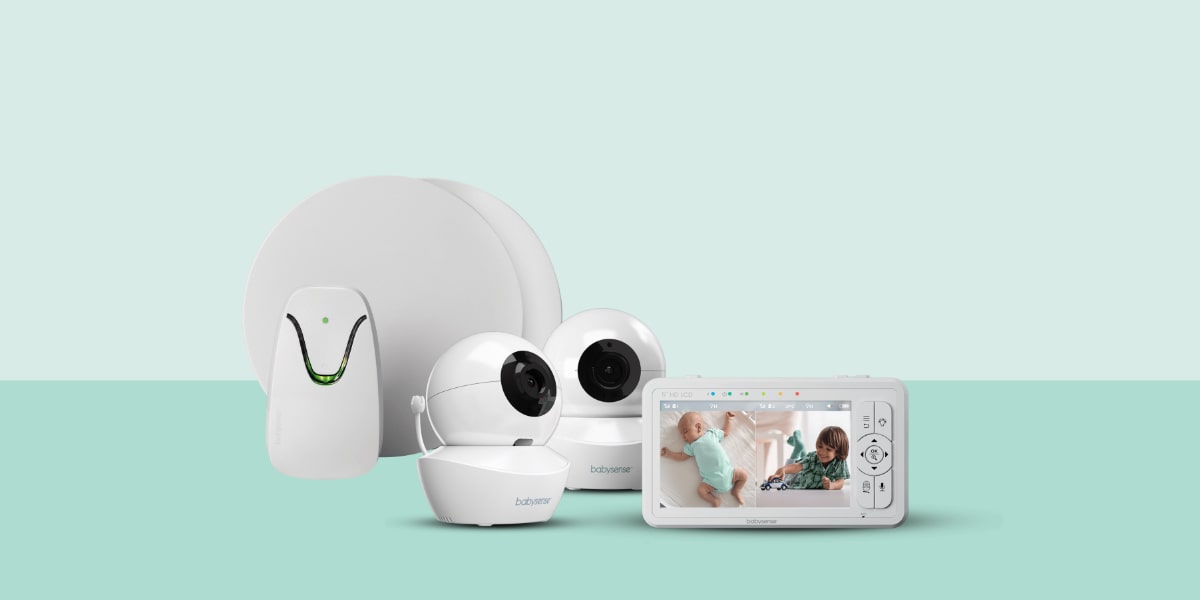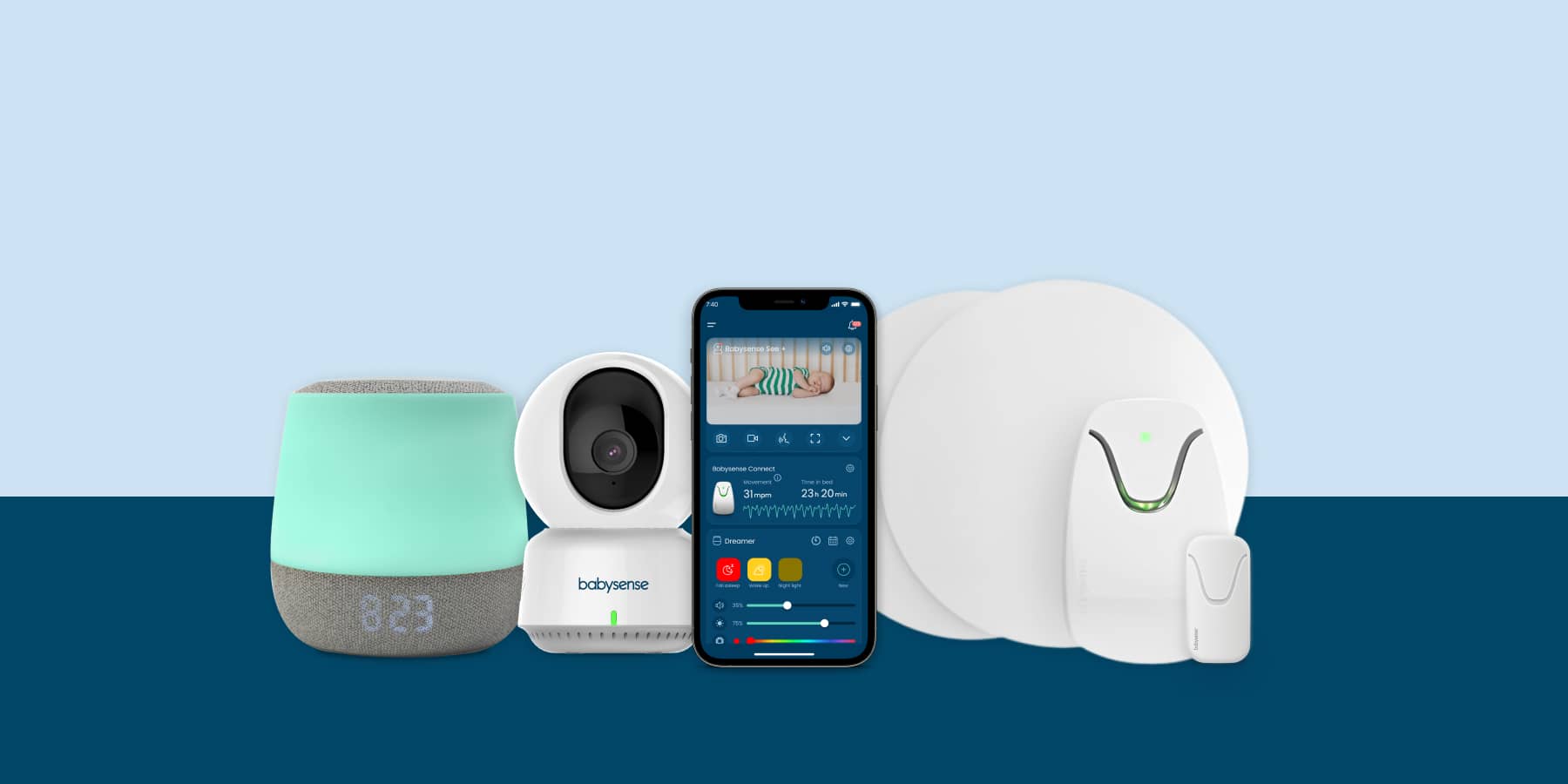Soothing a new baby can be a real challenge and if you are confronted with an unsettled little one, you will be looking for any tool to help you calm your baby. One of the tools available to us is a dummy or pacifier and although there is a heated debates on the merits of having or not having a dummy, for many parents it becomes a sanity saver.
The reason that many of us swear by dummies (pacifier, binkies and soothers) is that many babies simply sooth best when sucking. This is true from a physiological perspective. Your baby’s mouth has more touch receptors than any other part of the body in the early days. For this reason, even in utero, babies derive great pleasure from sucking. In the womb, your baby may have sucked his hand, umbilical cord or simply sucked and swallowed the amniotic fluid.
Once born, almost all babies love to suck and use their mouths to settle. There are really only three options you can offer your baby to suck on
- Their hand or thumb;
- Your nipple or a bottle;
- Simply a dummy (pacifier).
- If you have a settled little one who is not too irritable and is a good sleeper, you can get rid of the dummy at or before 6 months of age. At this time, you are certainly through the worst of the unsettledness and a dummy may not be necessary any more.
- For other slightly more needy little ones, a dummy is useful well into the toddler years. There is nothing wrong with this choice but toddler with a dummy does need to be managed slightly differently to younger babies.
- Only let him use the dummy in or around his bed. Even if he is really miserable, your toddler should have to go to his room if he needs a ‘quick suck’. Connect the dummy to his pillow with a dummy clip and create a boundary of dummy in bed only.
- Once he has accepted this and you have decided it is time to ditch the dummy, tell your toddler a story about his dummies – a story that revolves around something that simply needs the dummy more than he does. A great idea is to take him to a zoo and show him a tiny baby animal. Preferably an animal that makes a noise (we used a hyena). Tell your toddler that the animal’s baby really needs a dummy. Over the course of the next few days broach the idea that ‘it is time to give your dummies to the baby animal’. The offer a reward. Yip – good ol’ bribery!
- On the set date, take your toddler to the zoo or where ever it is and offer up the dummies. That night a reward – preferably of a soft toy animal similar to the animal he gave his dummies to will complete the story. Thereafter, a few nights of unsettledness may ensue. Use loads of love and a bit of water in a bottle to suck on if he is distressed.








